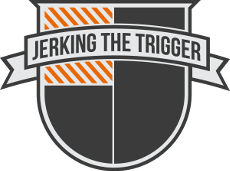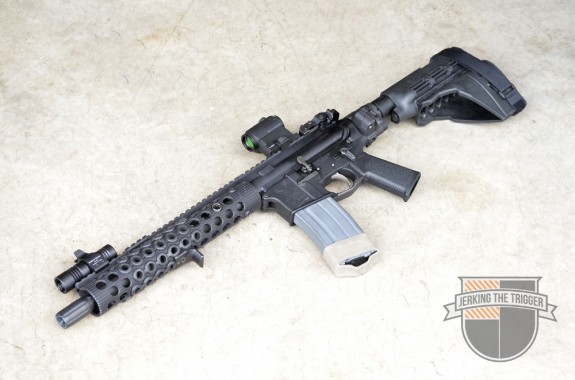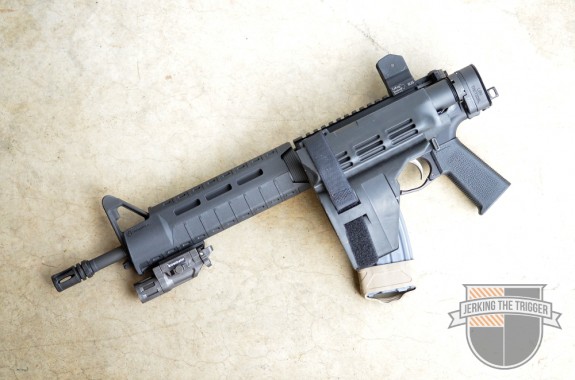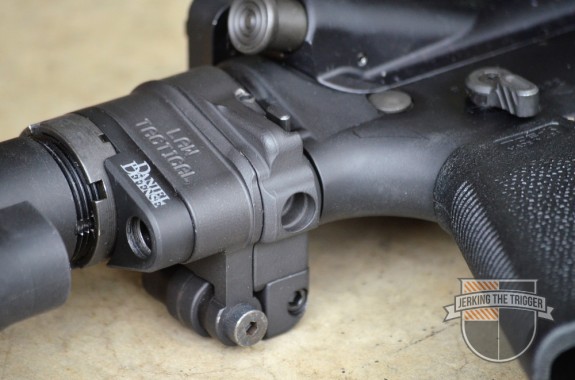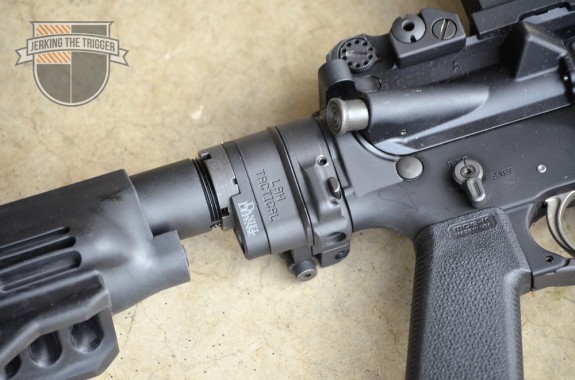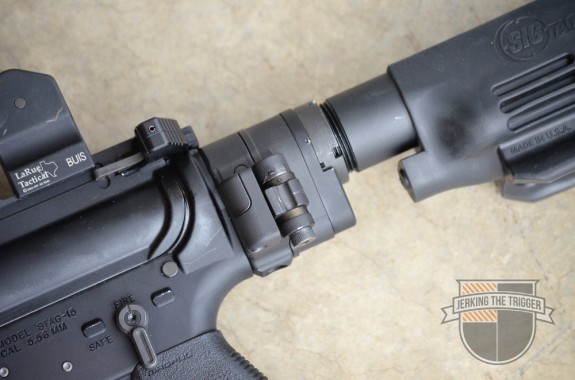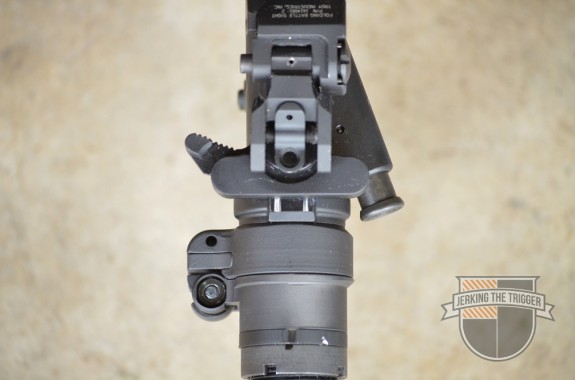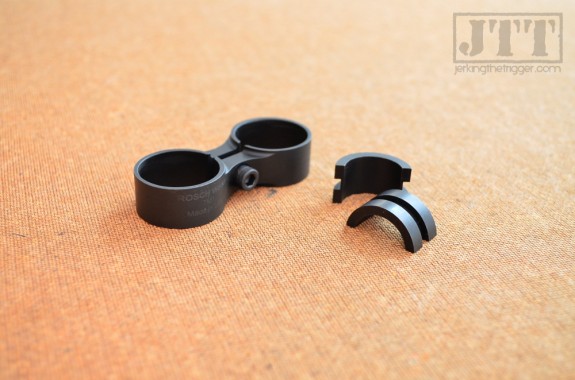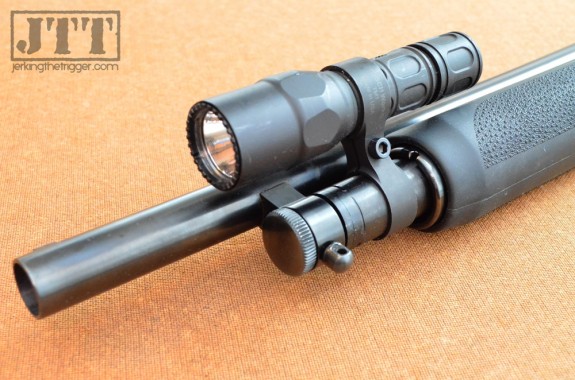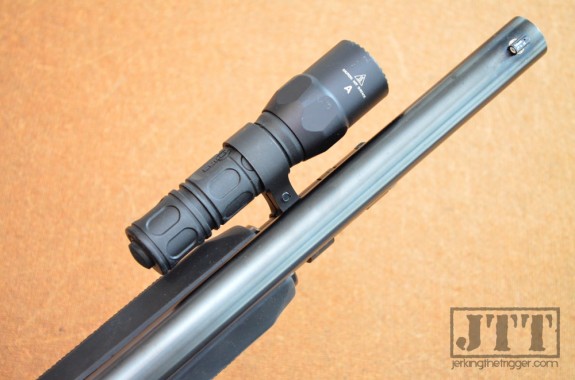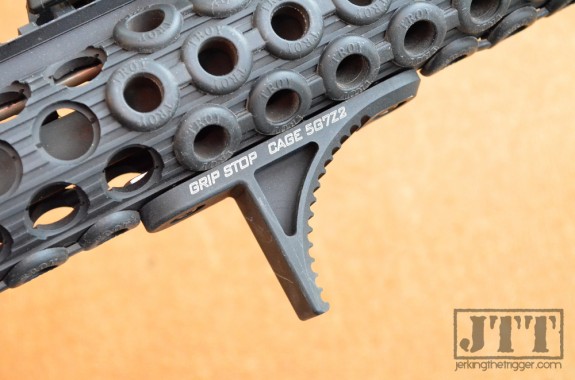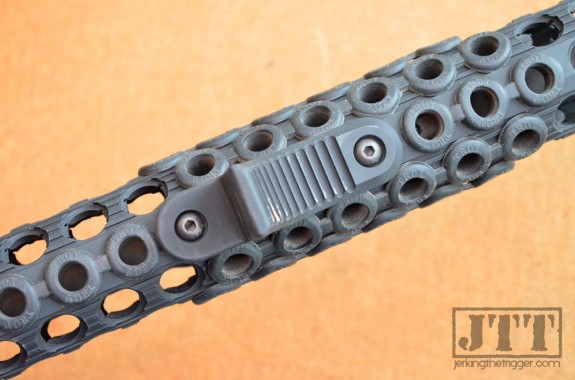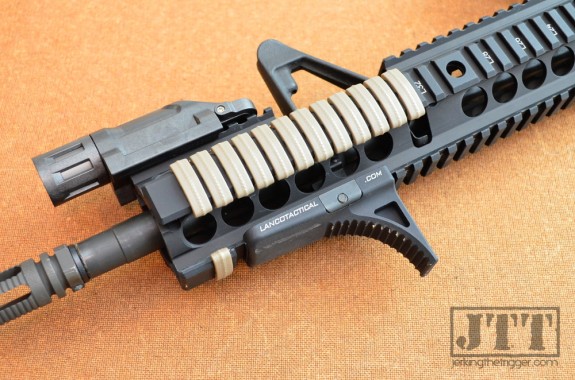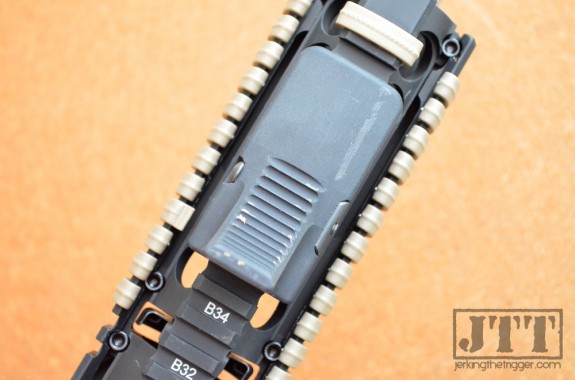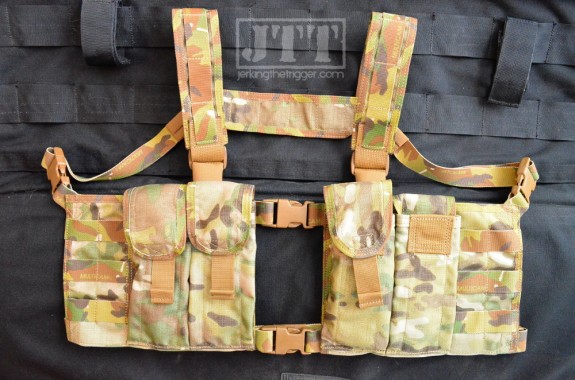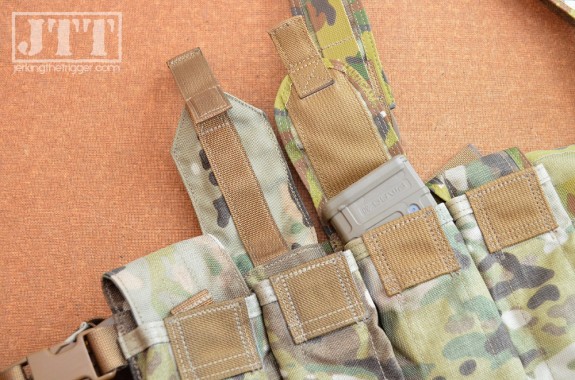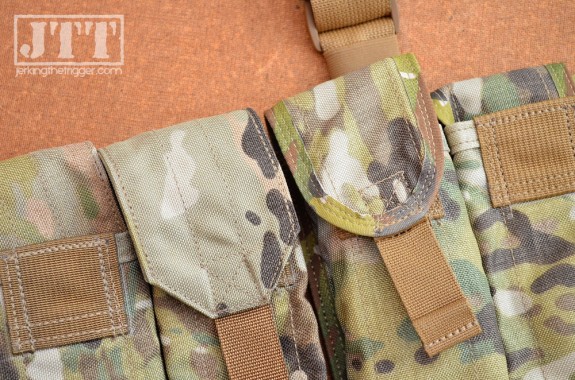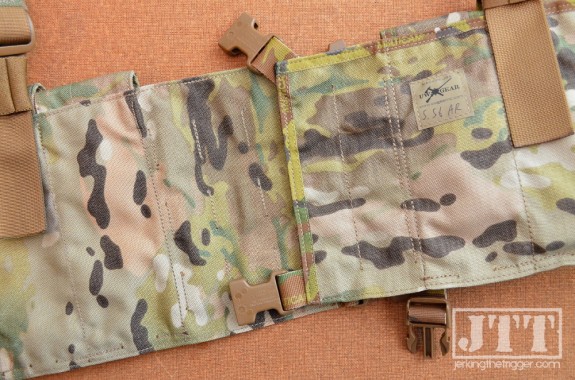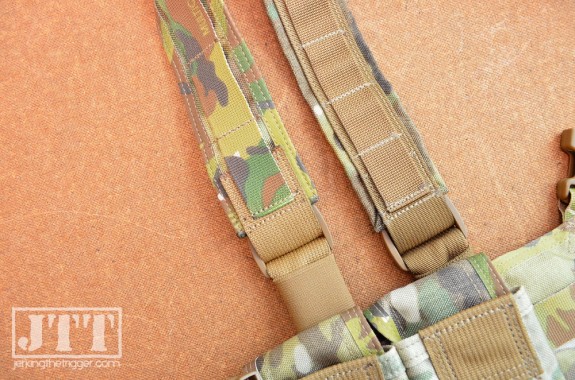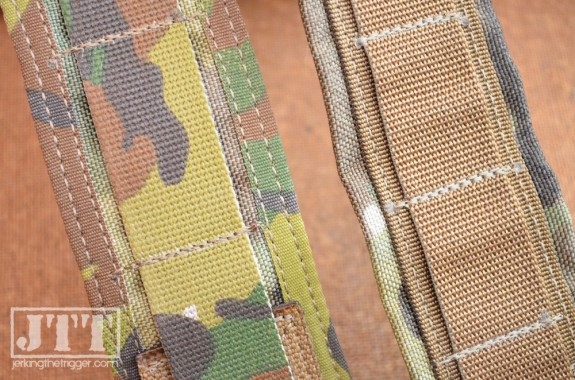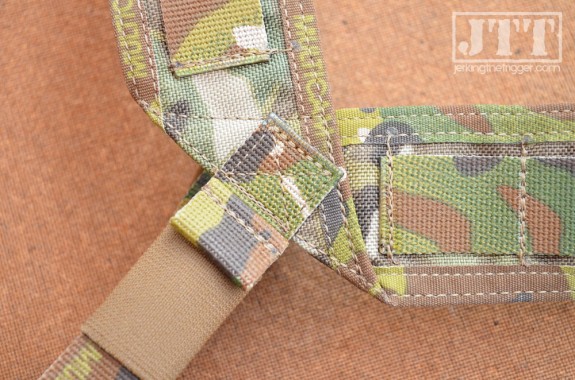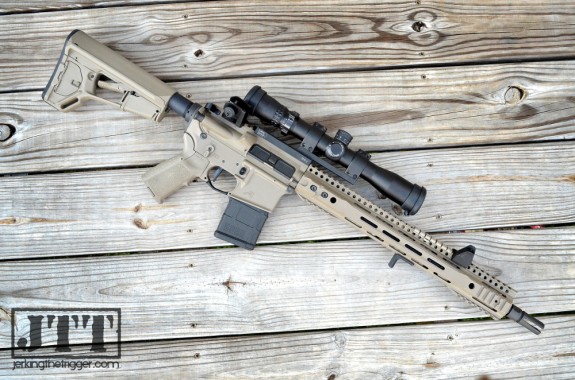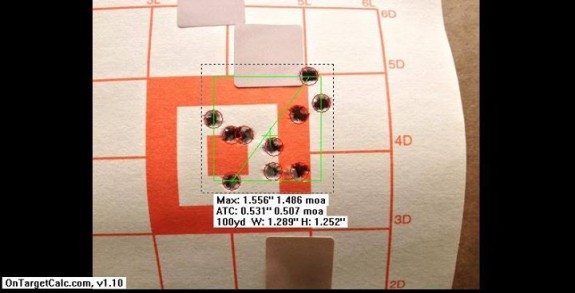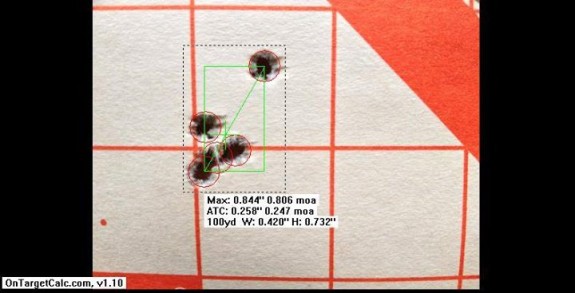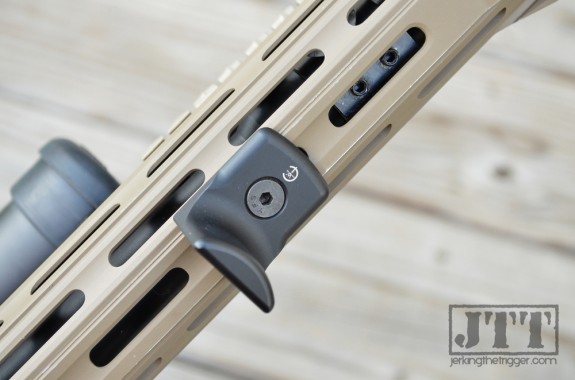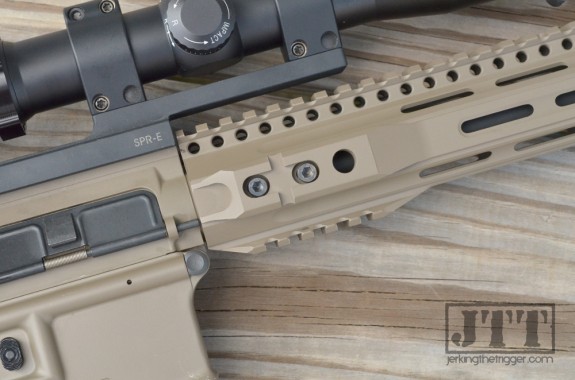At this point, several reviews of Law Tactical’s AR Folding Stock Adapter Gen 3 (AFSA) have been written. I’ll give you the short version before launching into the crux of this article. It is beefier than ever. It is easy to install (read the instructions). It operates smoothly and had no effect on the reliability of the two host guns that I tried. It just works.
Now, on to what this article is really about… The AFSA makes sense for any carbine that you want to reduce the overall length for storage/transport/concealment purposes. It is great for making longer precision builds more discreetly storable. It is great for making short barreled rifles and PDR builds even more concealable. But, it really shines when used on an AR pistol.
The AR pistol is enjoying a massive increase in popularity. That popularity is the result of several factors like the extended wait times on NFA approvals that many experienced earlier this year, availability of quality AR pistol parts, strange concealed carry laws in some states, the prohibition of short barreled rifles in some states, and the introduction of the SB15 AR Pistol Brace. Many shooters have begun to see the utility of the AR pistol in a PDW-ish role. It is that PDW role and the unique considerations that come with shouldering an AR pistol that make the AFSA shine.
The AR Folding Stock Adapter makes your AR pistol long where you need it and short where you want it.
Long Where You Need It
If you intend to shoulder your AR pistol you will have to contend with a typically very short length of pull. Many AR pistol receiver extension and brace set ups are as short as or barely longer than a standard carbine receiver extension alone. This is too short for many shooters so they are left using spacers, finding a longer receiver extension, or using other methods to increase the length of pull. This is less than ideal when you are trying to build your AR pistol to be as compact as possible and you can’t install an adjustable stock.
Enter the AFSA. It adds about 1.5″ to the length of pull which is similar to adjusting the stock about 2 positions on a 6 position carbine receiver extension. If you like a shorter length of pull, you can use the AFSA coupled with a quality pistol receiver extension like the one from Spike’s Tactical. If you prefer a longer length of pull, you can use a KAK Industries or MI receiver extension. Either way, the AFSA provides just a bit of the increase length of pull that AR pistol shooter are after.
In addition to the benefits of additional length of pull, that extra 1.5″ of OAL length can help ensure you reach 26″ overall so that you can use a vertical grip. You can read more about the rules surrounding vertical grips on pistols in JTT’s previous post on AR Pistol Misconceptions.
Short Where You Want It
Adding length is great from a shootability standpoint but if your intent was to put together a PDW type build, it is counterproductive since PDWs need to be as compact as possible while still being fast into action. You could split the AR pistol into its upper and lower receivers to make it more compact for storage and transport but that doesn’t meet the fast into action requirement.
Enter the AFSA. With the AFSA in the folded position, the AR pistol is less than 1″ longer than the upper alone. That means that you can keep your AR pistol assembled and have a package that is barely longer than if you broke it into its upper and lower components. The best part is, that the receiver extension can easily be swung into position while the pistol is coming to bear making it extremely fast into action.
Wrap Up
I can’t say that the AFSA is necessary but it has strong benefits that mitigate a common AR pistol issue and enhance a potential use for the AR pistol. The Law Tactical AR Folding Stock Adapter just makes sense for AR pistol shooters.
Disclosure: This product was provided to me by ROSCH Works, free of charge, for review.
